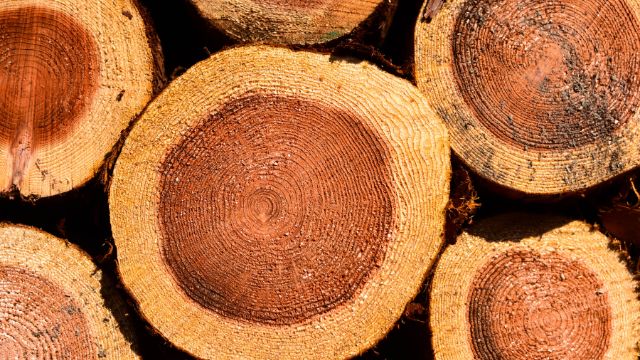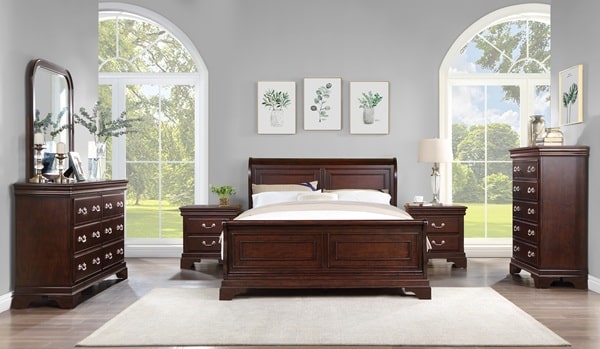Cedar Wood is a softwood that comes with natural insect-repelling capabilities, and it has a spicy aroma. The wood is extensively used for making boats, sidings, fencing, musical instruments, decking, furniture and cedar oil. Cedar wood is used in the exterior as well as the interior. What is worth noting here is that Cedar is not a type of wood, but it is a species with 15 different types of wood. Since these woods are very similar to each other, they are categorized under cedar wood. Due to the soft texture, dark colour and lightweight, many prefer cedar wood.
If you plan to use cedar wood at your premises, we recommend going through the advantages and disadvantages of cedar wood. This will make you understand if you should use cedar wood or an alternative. In the sections below, we have covered the pros and cons of cedar wood, which will aid your decision-making.
Types of Cedar Wood and Uses
- Alaskan Yellow Cedar – Flooring, Decking, Boatbuilding, Outdoor Furniture, Carving
- Atlantic White Cedar – Carvings, Shingles, Boatbuilding
- Cyprian Cedar – Cabinets, Veneer Sheets, Construction
- Eastern Red Cedar – Outdoor Furniture, Bows, Pencils, Carvings, Fences
- Incense Cedar – Pencils, Fence Posts, Siding, Other Exterior Application
- Lebanon Cedar – Cabinets, veneer, construction layouts
- Northern White Cedar – Fences, Canoe, Shingles, Piles, Paper and Railroad
- Port Orford Cedar – Musical Instruments, Arrow Shafts, Boxes, Boatbuilding, Chests, Other Interior Application
- Spanish Cedar – Plywood, Musical Instruments, Cabinets, Boatbuilding
- Western Red Cedar – Shingles, Boxes, Musical Instruments and Crates
Advantages of Cedar Wood
- Light Weight – The first and most crucial advantage of cedar wood is it’s lightweight. This feature makes it easy to mobilize the cedar wood and is also a perfect choice for high-altitude usage. Chances of cracking and warping of cedar wood are minimal because of the high moisture content.
- Easy to Work – If you use cedar wood for anything, you will notice that it is relatively easy to work with. It offers you great precision, and at the same time, you can use big or small machines with cedar wood. You can curve and carve the cedar wood with ease, and the surface of cedar wood also holds polish, glue and paint for a long time.
- Availability – Cedar wood is readily available in the market, and you can find it in varying sizes. You can find different species of cedar wood for your use, and it is available in almost every country. This makes it even more helpful to use cedar wood.
- Durability – There are many natural chemicals in cedar wood, and these are often extracted in the form of cedarwood oil. These chemicals are known to resist fungi and insects, so they protect the cedar wood very well. This is also the reason why cedar wood lasts for decades.
- Temperature Change Resistant – Cedarwood offers excellent insulation, and at the same time, it is resistant to a wide range of temperatures. This is also why cedar wood is extensively used for sidings, roofing and decking material. The usual choice here is the western red cedar wood. Moreover, cedar wood would not rot quickly.
- Appearance – Cedar wood is one of the most appealing woods available. It is available in different tones, and its uniform grain makes it worth the purchase. Cedarwood is used for internal and external applications. It adds a touch of royalty to both of these places.
- Cost – When we compare cedar wood with other options, you will notice that cedar wood is quite affordable. There is variability in the price, and you will find cedar wood in different price ranges. So, there is something for everyone, and hence budget will never be an issue when you are choosing cedar wood.
Disadvantages of Cedar Wood
- Flammable – Cedar wood contains oi, and this is the reason why it is considered to be flammable. There is treated cedar available, which reduces the risk, but it remains flammable to a certain extent.
- Maintenance – One point to note about cedar wood is that it requires regular maintenance, especially if you use it for external purposes. In some cases, you may have to maintain it every year, or else you may notice discolouration of the cedar wood.
- Not for Structural Strength – Remember that cedar wood is a softwood, so it can easily be scratched or dented. In such a case, cedar wood is also not an optimal choice for construction. It can’t take a lot of load, so it is better to look for alternatives when you need wood to maintain structural strength.
Final Take
There are different woods available under cedar wood. These include incense cedar, northern white cedar, western red cedar, eastern red cedar, Lebanon cedar, Spanish Cedar, Alaskan Yellow Cedar, Atlantic White Cedar, Cyprian Cedar, Port Orford Cedar and many more. You can look at their individual uses and then choose the type of cedar wood that would serve the purpose for you. Also, please make sure you buy cedar wood from a good source to get authentic cedar wood.


